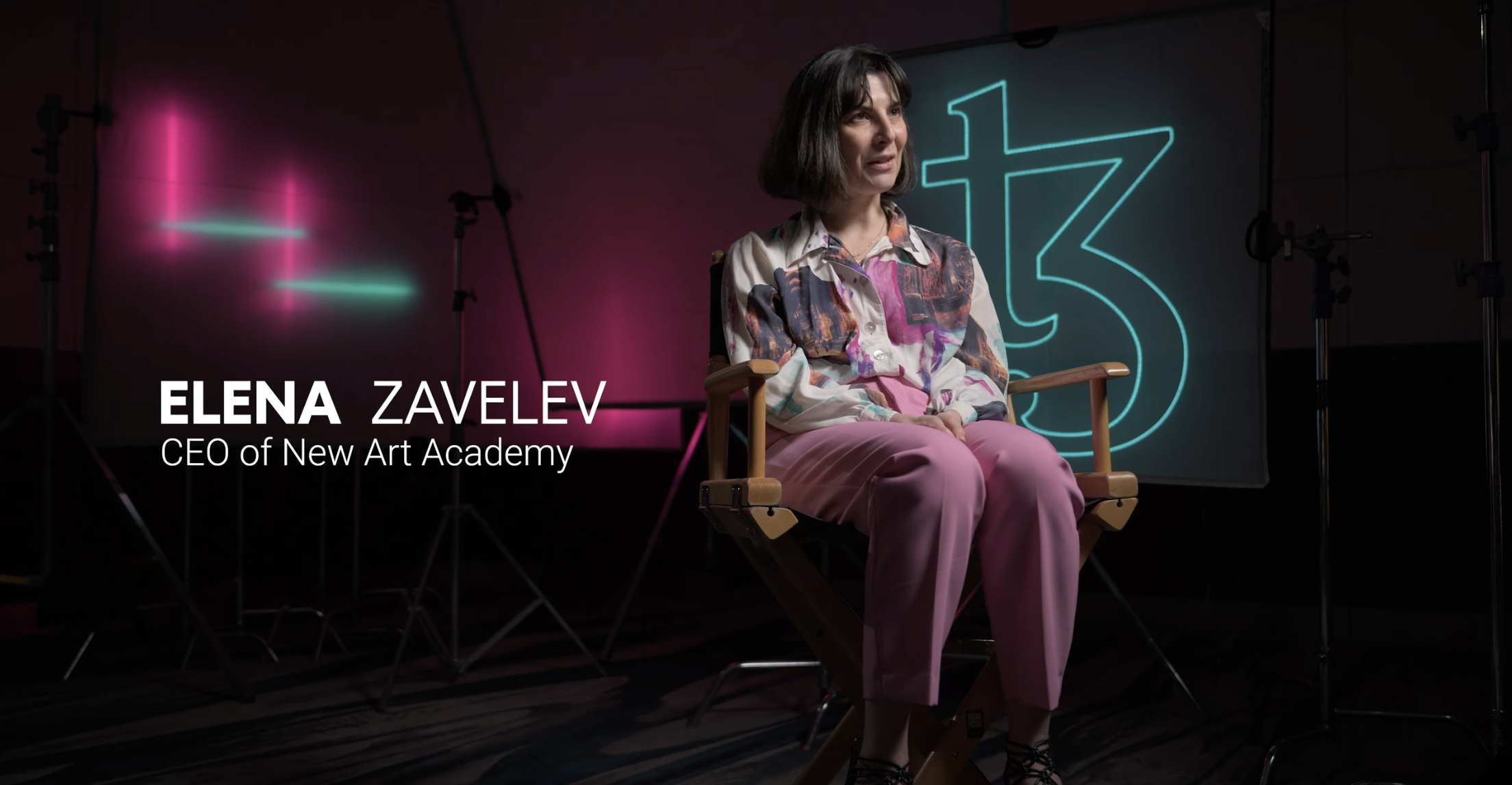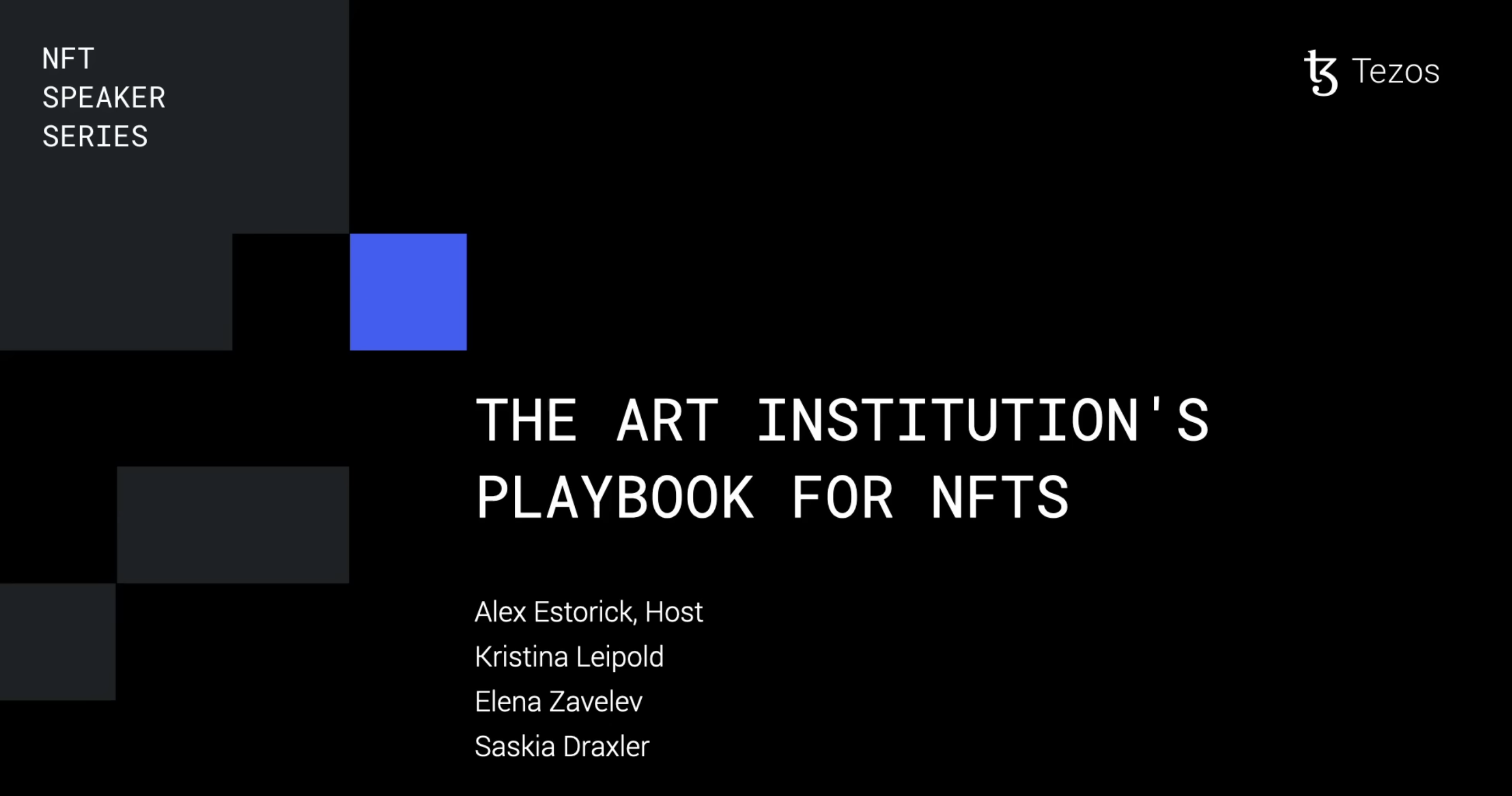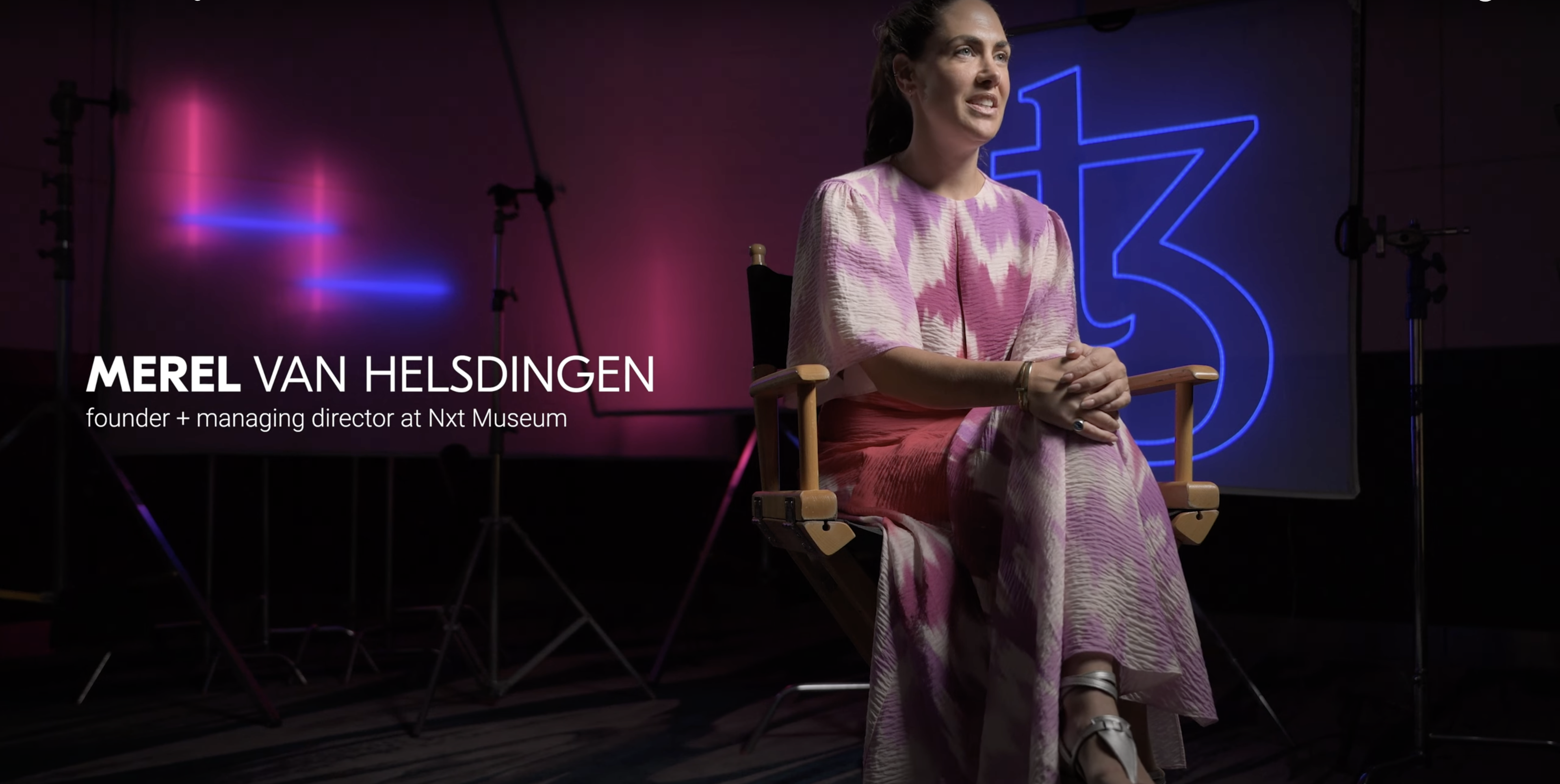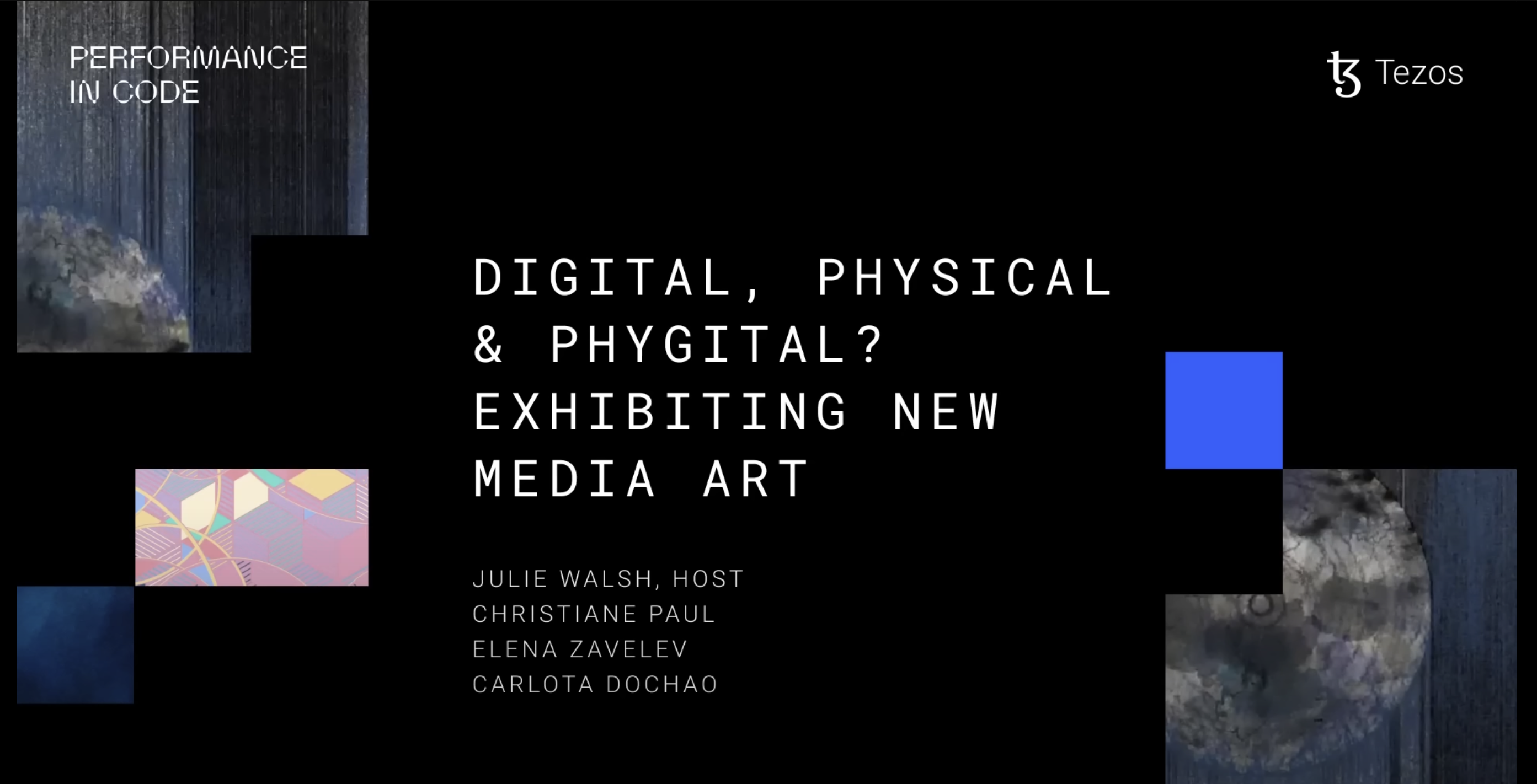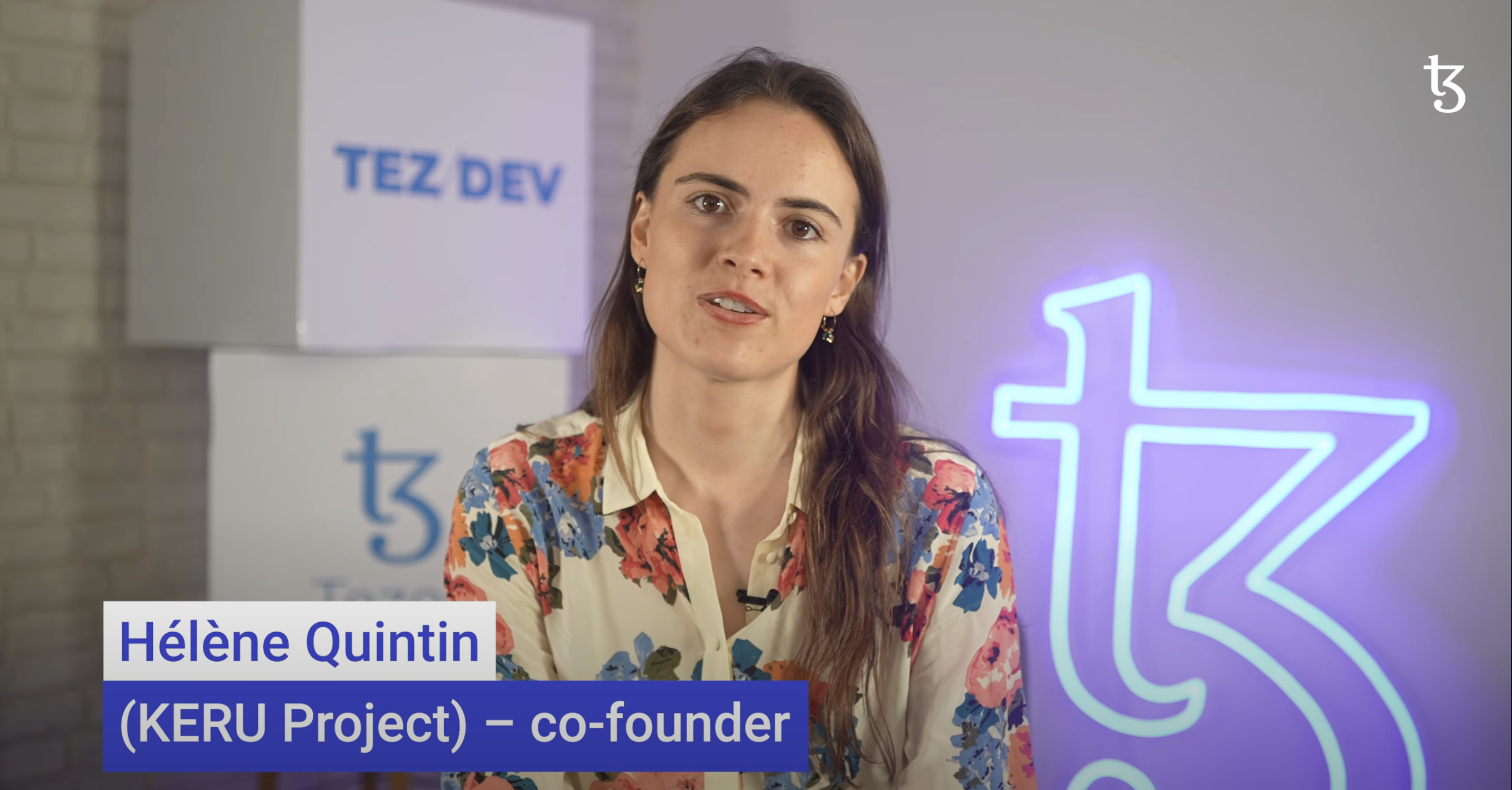How can institutions make the most of web3?
Web3 technology enables institutions, museums, and galleries to create novel interactions for visitors, audiences, creators, and collectors.
From souvenir tokens and virtual galleries to interactive exhibitions and digital ticketing, Web3 offers exciting opportunities to engage with present and future audiences. Integrating NFTs and Web3 allows museums and cultural institutions to transform their engagement, fundraising, and exhibition strategies, becoming more inclusive, interactive, and globally accessible than ever before.
Below is an overview of the strategies most often used by Institutions to achieve their goals.
Grow engagement
Museums and cultural institutions can leverage NFTs and Web3 technology to revolutionize the way they engage with their audiences and visitors. The technology offers unique opportunities for connecting with audiences beyond the gallery walls, without the constraints of geography.
Souvenir tokens
Giving your visitors digital souvenirs in the form of an NFT can be a great way of letting them take home a piece of the exhibition or event. A technique called token-gating can also offer holders future unique experiences giving utility to the tokens they collect. You can think of NFTs as the key to a new type of loyalty scheme. When considering a web3 strategy, you can choose to include features so that NFT owners can unlock additional experiences such as early access to exhibitions or invitations to exclusive online events.
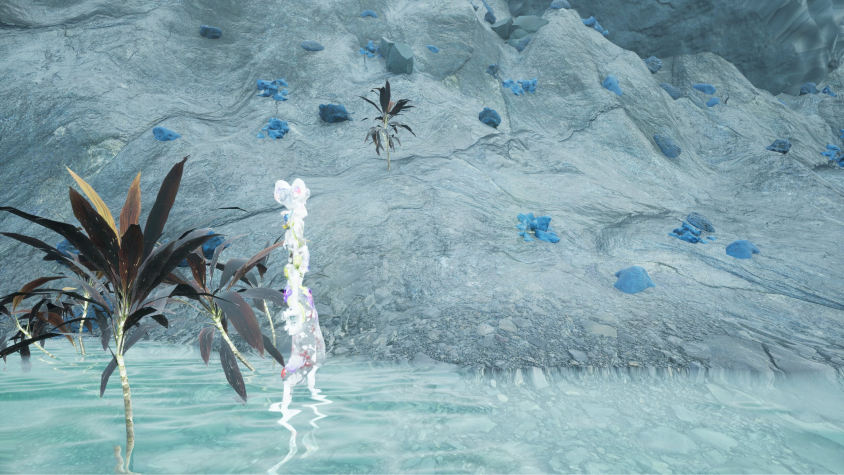
Gabriel Massan, Inaugural Awareness 154, 2023. Minted memory captured during the gameplay of Third World: The Bottom Dimension by Gabriel Massan & collaborators exhibited at the Serpentine Galleries 23 June - 22 October, 2023
At the Museum of Modern Art in New York, visitors to Refik Anadol’s Unsupervised exhibition had the opportunity to receive a ‘memento’, a free Tezos NFT they could claim by simply scanning a QR code. In London, the Serpentine exhibition Third World: The Bottom Dimension featured a video game by Gabriel Massan and their collaborators which enabled players to capture a moment of gameplay that they were later able to mint as an NFT, taking their exhibition memories home with them.
Memento 2, an NFT available to visitors of Refik Anadol: Unsupervised at The Museum of Modern Art, New York, November 19, 2022 – October, 2023. © 2023 The Museum of Modern Art and Refik Anadol.
Platforms like Keru specialize in helping cultural institutions develop digital memories for their audiences. Wallets like the Feral File app provide a smooth collecting process, where claiming an NFT is as easy as scanning a QR code and downloading an app where the visitors can see all their visitor tokens.
Digital ticketing
Tickets can be much more than QR codes on pieces of paper. Digital web3 ticketing opens up the possibilities for engagement in the short and long term. Tools like Billy.app give organizers the ability to add gamification features, design tickets that evolve over time and provide loyal audiences with exclusive experiences. Tickets then become collectible assets from exhibitions, festivals, immersive experiences and much much more.
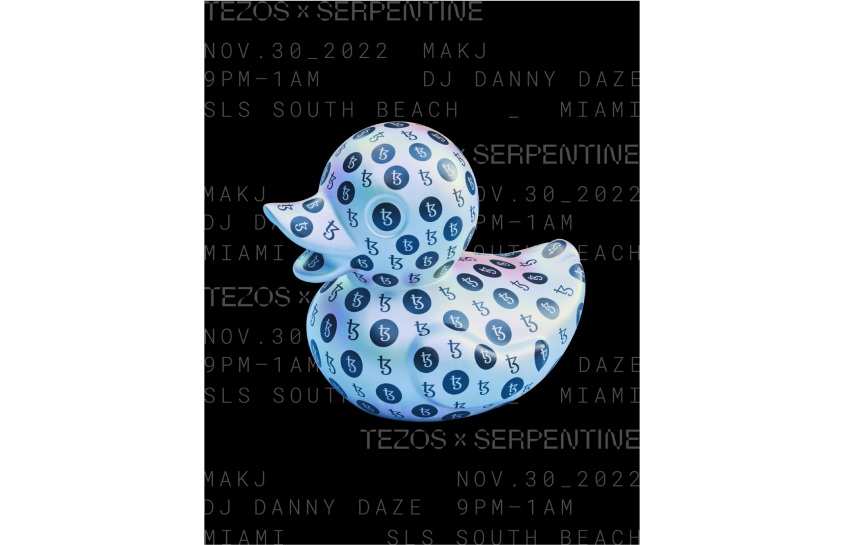
Billy.App digital ticket for Tezos x Serpentine event during Art Basel Miami Beach 2022
Community participation
Some institutions have also explored new approaches to community enabling audiences to play more active roles in the museum’s decision-making processes. For example, museums have started exploring how Decentralized Autonomous Organizations (DAOs) can enable their community to participate actively in decision-making through voting mechanisms and function as loyalty programs, by providing access to perks like exhibition previews.
Raise funds with NFTs
NFTs and web3 platforms can facilitate innovative fundraising and sponsorship models for museums needing additional income streams. It offers institutions a unique avenue to generate financial support without parting with any physical asset. In addition, by tapping into the world of blockchain and NFT enthusiasts, museums can extend their reach beyond traditional art patrons and establish connections with a vibrant and expanding community of art collectors and enthusiasts.
In 2021, the Whitworth Gallery in Manchester minted and sold an NFT edition of a William Blake watercolor. The income raised through sales was used to fund community-based social projects. House of Electronic Arts (HEK) released an NFT collection with artist Ursula Endlicher who was part of their 2022 exhibition “Earthbound: In Dialogue with Nature.” The NFTs were available for purchase on the Objkt marketplace.
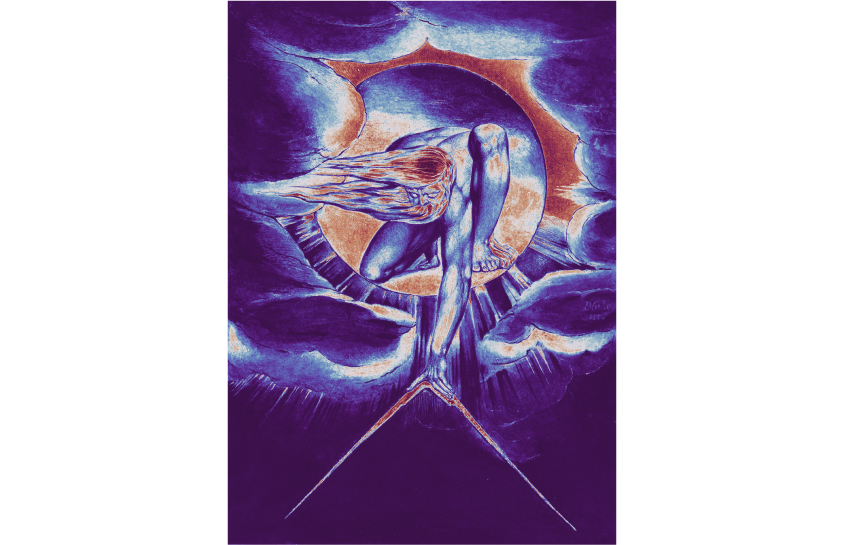
William Blake and Whitworth Gallery, The Ancient of Days NFT, 2021. Multispectral imaging analysis of William Blake’s The Ancient of Days from the collection of the Whitworth. Produced by the Whitworth, The University of Manchester, in partnership with Vastari Labs. © Copyright of the Whitworth, The University of Manchester.
NFT sales need to be thoughtfully positioned to drive interest and attract collectors. While many institutions may choose to create NFTs based on existing works in their collections, others have worked with artists to create new pieces. It’s worth thinking about which avenue is best suited to your institution or company’s licensing rights, audience and revenue requirements. Adding rewards and access as perks of the NFT can be a great way of making the project more meaningful and ensuring your audience and collectors stay engaged over time.
Exhibit and collect
From virtual exhibitions to interactive and participatory experiences or collecting works on-chain, web3 has given rise to new forms of collecting and exhibiting art. Museums around the world have started to collect NFTs and grow their digital art collections including SFMoMA, to LACMA, the Centre Pompidou.
Institutions have developed new exhibition models and welcomed new artworks enabling greater participation or interactions both within the gallery and beyond it. The With A Slice of the Pie installation by Sebastian Schmieg and Silvio Lorusso at Kunsthalle Zürich’s DYOR exhibition allowed anyone to buy one or more slices of a ‘pie’ online and fill it with their artwork. In the gallery, a 16 square-meter LED wall displayed the ‘pie’ which was also live-streamed to audiences online.
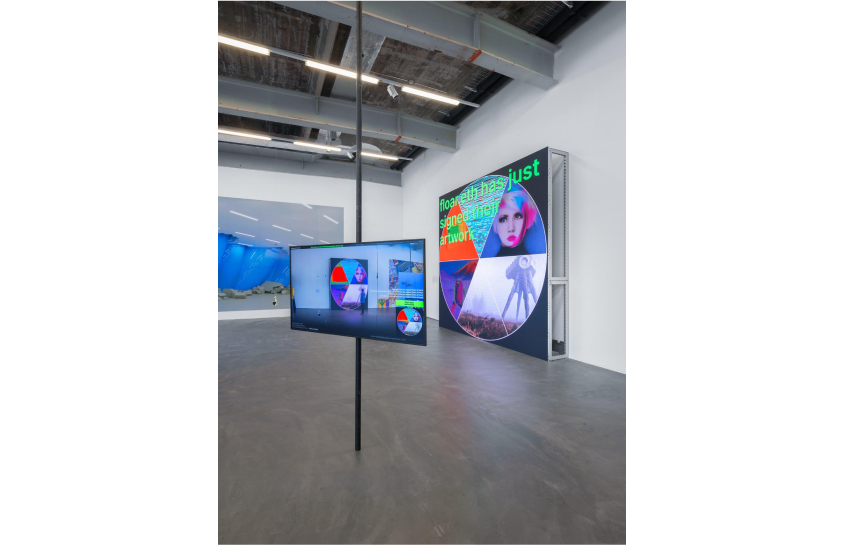
View of the exhibition DYOR at Kunsthalle Zürich, showing the decentralized web-based exhibition project A Slice of the Pie by Silvio Lorusso and Sebastien Schmieg. Photo: Julien Gremaud
As another example, the Light Art Space in Berlin exhibited Life After BOB by Ian Cheng which featured an NFT component designed to engage audiences in the existential themes of the film Life After BOB: The Chalice Study. Visitors collected their NFT which was personalized based on information provided upon entering the exhibition.
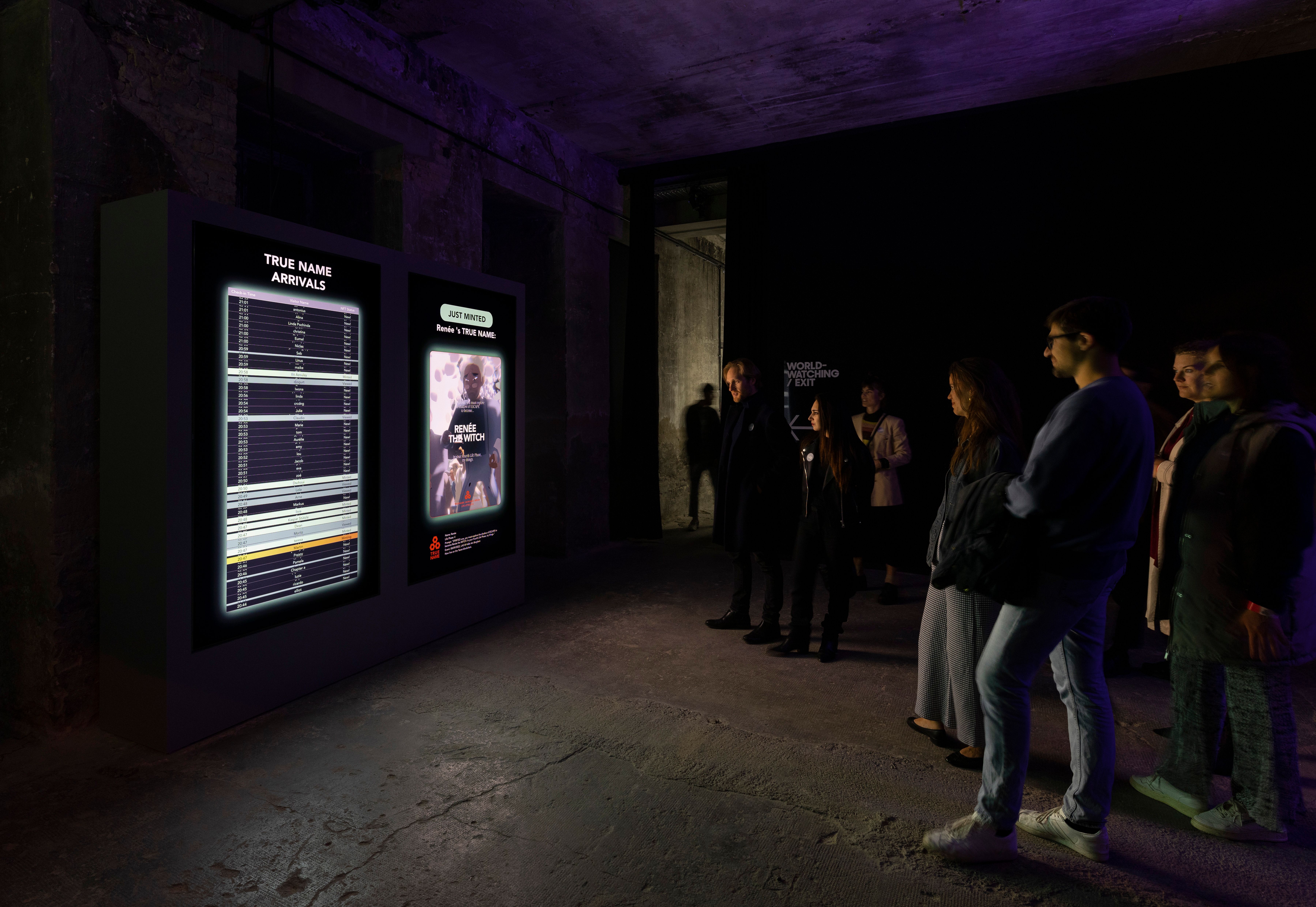
Ian Cheng: life after bob, 9 September – 6 November 2022 at Halle am Berghain, Berlin © 2022 Ian Cheng. Presented by LAS (Light Art Space) © Photograph: Andrea Rossetti
Alongside exhibitions within physical spaces, museums, galleries are taking advantage of metaverse platforms to display their works to visitors around the world. You can explore the digital art gallery for Tezos Foundation’s Permanent Art Collection to discover the breadth of artists creating on Tezos.
Work with artists
If you work with or represent artists, NFTs can represent a new medium and collector base for them to explore. Artists around the world build on Tezos to create sustainable, high-quality work that is changing the course of contemporary and digital art and creative content.
Many galleries are already active in the space working with NFT artists as well as onboarding artists from the traditional art world to the web3 space. Nagel-Draxler Galerie, Expanded.Art, Unit London, NFT Factory, Galerie Charlot and Vellum LA are just a few examples of galleries working with NFT artists. While some galleries choose to sell directly through their own websites, others might prefer to join a marketplace. Admire.Art, for example, works with blue chip galleries such as Opera Gallery and Templon who are able to onboard their own artists onto the blockchain.
The popularity and success of NFTs has also led to renewed interest and recognition of numerous pioneering digital artists from the twentieth century who have made trailblazing contributions to digital art. In March 2023, NFT art platform Feral File worked with the Estate of Lee Mullican to release “LeeMullican.PCX,” a collection of 12 digital works created by Mullican in 1987. Similarly, previously ‘uncollectible’ mediums such as poetry have also found new life on the Tezos blockchain. Through platforms like TheVERSEverse, a poetry NFT gallery, poets can engage with new audiences and find collectors for their works.
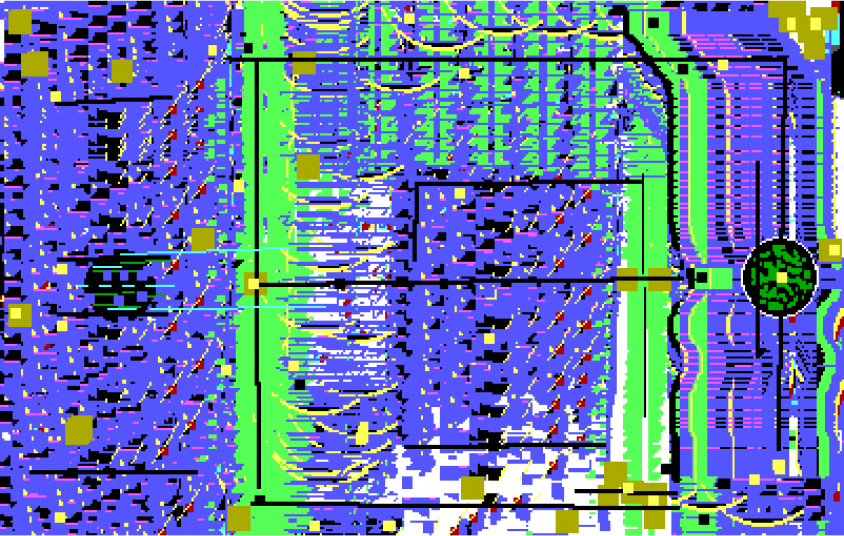
Lee Mullican, LM4-9.PCX, 1987, NFT minted on Tezos, 2022, Image courtesy of: Feral File/Estate of Lee Mullican
The Tezos ecosystem also has a number of educational resources for Institutions. You can start your journey by checking out WAC Lab, an innovation laboratory where art professionals, cultural institutions, technologists, and strategists come together to learn, discuss, and experiment with web3. You can sign up to WAC Weekly for insightful weekly conversations or apply to the Fellowship for a 6-week program of immersive teaching, tutorship, and prototyping.
